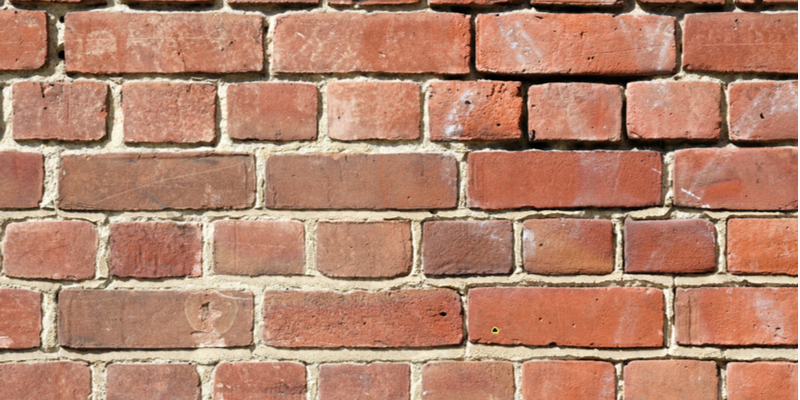If you have a brick property, you already know the value and beauty of brick. Though durable and long lasting, brick is not entirely impervious to wear from the weather and the elements. Bricks, while delivering strong, functional walls, and more, can require repairs like tuckpointing. Tuckpointing is used when mortar which initially filled the joints has deteriorated, even though the bricks remain in good condition. Tuckpointing is generally used in historical homes and buildings, allowing property owners to maintain the original aesthetics, although it can be used in new construction as well. Tuckpointing restores mortar joints to their former strength and prevents water and other damage from seeping into the structure and causing more extensive issues.
The Process of Tuckpointing
The process begins with the removal of the damaged, crumbling, or cracking mortar. Once removed down to sound mortar, the open space is prepared, and filled with new mortar, which matches the existing mortar in color and strength. Uniform grooves are then formed in the mortar ensuring the desired aesthetics. Once the mortar is completely dry, a sealant is applied to waterproof the mortar. Tuckpointing repairs should be performed to blend seamlessly with remaining existing mortar joints, providing the property with a natural appearance and restoring the structure to its original strength.
Just to be Clear – Tuckpointing and Repointing
Tuckpointing and repointing are often used interchangeably, though each are unique processes. While both involve removing and replacing mortar joints with new mortar, tuckpointing features additional steps. Repointing includes the process of removing the damaged mortar and renewing them. Tuckpoint takes the process further by pointing which features two different colors and delivers a fresh visual appearance to the mortar joints.
Why Mortar Fails
Mortar joints fail for a variety of reasons including extremes in temperature coupled with moisture, faulty workmanship, or pressure from the weight of the structure. Plus, mortar’s lifespan is typically shorter, less than 30 years, than that of its accompanying bricks which can last a century or more. This means, of course, that brick structures will need repointing or tuckpointing during their lifetime. In addition, mortar joints are weaker than bricks, so you often see cracks in the joints but not in the bricks. While hairline cracks typically don’t need repair, when the mortar begins deteriorating, crumbling, and falling out, repair is needed before further and extensive damage occurs.
Why Tuckpointing?
Without tuckpointing, the mortar joints will continue to deteriorate, leading to structural problems. Because water is one of the main causes of brick damage, maintenance in the form of tuckpointing can help prevent more extensive problems. When mortar joints are damaged, the surrounding bricks incur additional pressure leading to further damage. In truth, tuckpointing will be necessary at some point in the life of your brick home or business. Tuckpointing when done in a timely and quality manner can save your property from structural damage.
DIY?
Many homeowners wonder if they can DIY the tuckpointing process. The answer in nearly every case is no, because if it is done incorrectly, it can cause new problems to your home or property. In addition, tuckpointing is labor intensive, requiring precision and finesse to get the job done well.
Call on the Professionals at Turnbull Masonry
At Turnbull Masonry, we have the knowledge and expertise to deliver premium tuckpointing for your Toronto home or commercial property. From historical buildings to new builds, we will repair and restore your property, with the highest quality workmanship and exceptional customer service every time. In addition, we will keep your project on budget and on time, delivering the needed solution for your beautiful bricks.

